Home>Gardening & Outdoor>Plant Care & Gardening Tips>How Often To Water Mums Outside
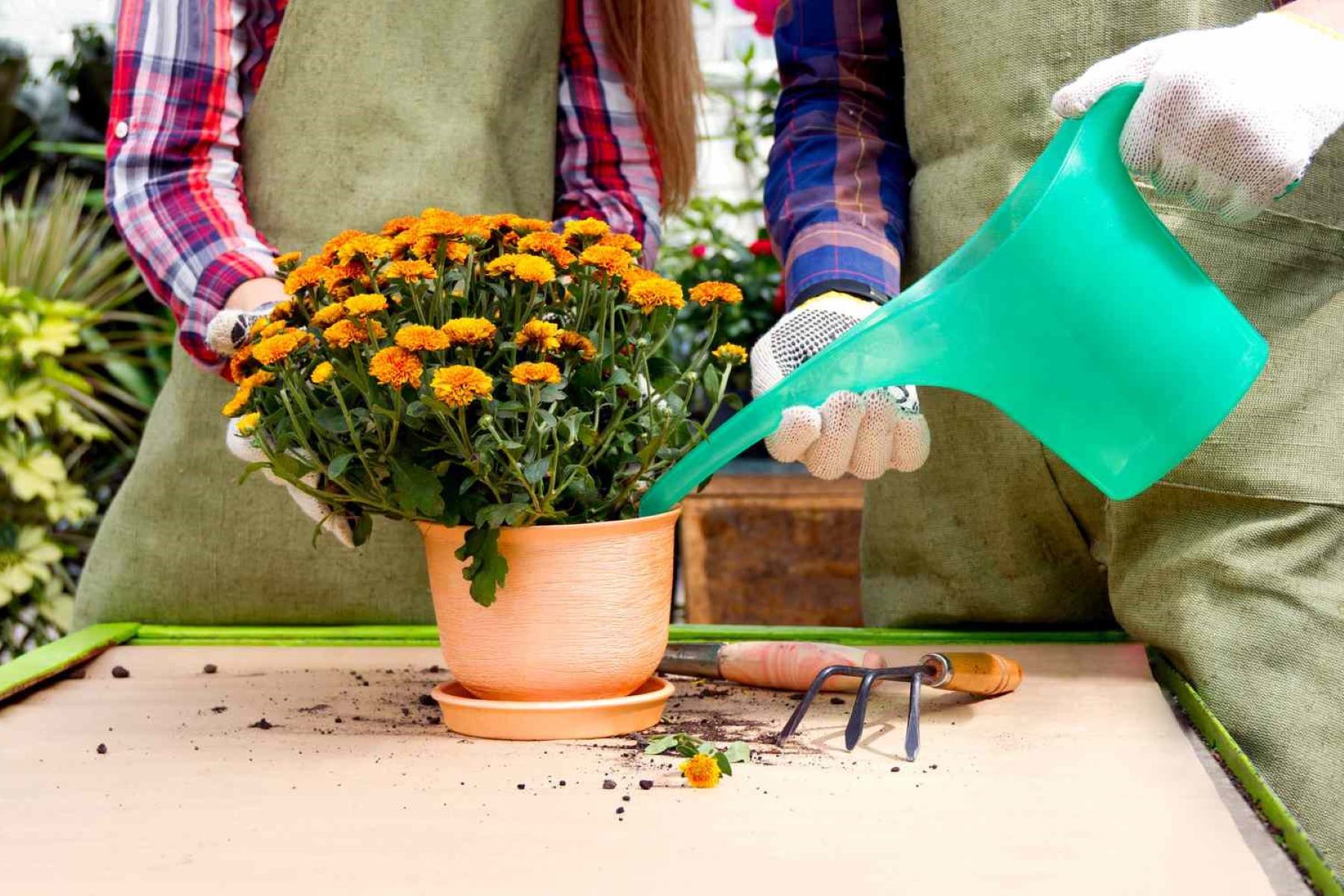

Plant Care & Gardening Tips
How Often To Water Mums Outside
Modified: October 19, 2024
Learn the best plant care and gardening tips for watering mums outside. Discover how often to water mums to keep them healthy and thriving in your garden.
(Many of the links in this article redirect to a specific reviewed product. Your purchase of these products through affiliate links helps to generate commission for Storables.com, at no extra cost. Learn more)
Introduction
Watering is a crucial aspect of caring for mums (Chrysanthemums) when they are grown outdoors. These vibrant and resilient flowers are a popular choice for many gardeners due to their stunning blooms and ability to thrive in various climates. However, to ensure their health and vitality, it's essential to understand the optimal watering practices for mums in an outdoor setting.
Proper watering is fundamental to the overall well-being of mums, as it directly impacts their growth, blooming, and resilience to environmental stressors. By delving into the intricacies of watering mums outside, you can cultivate a deeper appreciation for these beautiful flowers and foster a thriving garden that bursts with color and life.
In this comprehensive guide, we will explore the factors that influence the frequency of watering mums, the telltale signs of both underwatering and overwatering, and the best practices for maintaining optimal soil moisture levels. By gaining insights into these essential aspects of mum care, you can elevate your gardening skills and nurture mums that flourish in their outdoor environment.
Key Takeaways:
- Water mums outside by watering deeply once or twice a week, adjusting based on weather and plant needs. Morning watering and mulching help maintain soil moisture for vibrant blooms.
- Watch for signs of underwatering and overwatering in mums, like wilting leaves or yellowing leaves. Adjust watering practices to keep mums healthy and thriving.
Read more: How Long Do Mums Last Outside In The Fall
Factors Affecting Watering Frequency
Several factors play a pivotal role in determining the frequency of watering mums when they are grown outdoors. Understanding these factors is essential for maintaining the optimal soil moisture levels that are conducive to the health and growth of these vibrant flowers.
-
Weather Conditions: The prevailing weather patterns significantly influence the watering needs of mums. During hot and dry periods, the soil tends to dry out more quickly, necessitating more frequent watering to sustain the plants. Conversely, in cooler and wetter conditions, the soil retains moisture for longer periods, reducing the frequency of watering.
-
Soil Type and Drainage: The composition of the soil and its drainage capabilities directly impact the watering frequency for mums. Well-draining soil, such as sandy loam or loamy soil, allows excess water to percolate through, reducing the risk of waterlogged roots. In contrast, clay soil retains water, requiring less frequent watering to prevent waterlogging.
-
Plant Size and Growth Stage: The size and growth stage of the mums also influence their watering needs. Newly planted mums and those in the early stages of growth require more frequent watering to establish their root systems and promote healthy growth. As the plants mature, their watering needs may decrease, but this is contingent on other environmental factors.
-
Exposure to Sunlight: The amount of sunlight the mums receive directly impacts their water requirements. Mums in full sun exposure may require more frequent watering due to increased evaporation and transpiration rates. Conversely, those in partial shade may retain moisture for longer periods, necessitating less frequent watering.
-
Container vs. Ground Planting: For mums planted in containers, the watering frequency may differ from those planted directly in the ground. Container-grown mums typically dry out faster and may require more frequent watering to maintain adequate soil moisture levels.
By considering these factors, gardeners can make informed decisions regarding the watering frequency for mums grown outdoors. This understanding empowers them to create an optimal watering regimen that caters to the specific needs of their mums, fostering healthy growth and vibrant blooms.
Signs of Underwatering and Overwatering
Identifying the signs of underwatering and overwatering is crucial for maintaining the health and vitality of mums grown outdoors. By recognizing these telltale indicators, gardeners can adjust their watering practices to ensure optimal soil moisture levels, thereby promoting robust growth and prolific blooming.
Signs of Underwatering:
-
Wilting Leaves: When mums are underwatered, their leaves may appear limp and wilted, signaling the plant's distress due to insufficient water uptake.
-
Stunted Growth: Insufficient moisture can hinder the growth of mums, leading to stunted or slow development, particularly noticeable in new growth and overall plant vigor.
-
Dry and Crumbly Soil: The soil surrounding underwatered mums tends to become dry and crumbly, indicating a lack of adequate moisture for the plants.
-
Faded or Curling Leaves: Leaves may exhibit signs of dehydration, such as fading in color or curling at the edges, reflecting the plant's struggle to retain water.
-
Premature Bud Drop: Underwatered mums may prematurely drop their buds as a survival mechanism, redirecting resources to preserve the core plant functions.
Signs of Overwatering:
-
Yellowing Leaves: Overwatered mums often display yellowing leaves, indicating excessive moisture that impedes the plant's ability to absorb essential nutrients.
-
Mold and Mildew: Excessively moist soil can create a conducive environment for mold and mildew growth, which may appear as fuzzy white or gray patches on the soil surface or plant foliage.
-
Root Rot: Overwatering can lead to root rot, causing the roots to become mushy, discolored, and deprived of oxygen, ultimately compromising the plant's health.
-
Foul Odor: An unpleasant, musty odor emanating from the soil is a potential sign of overwatering, indicating stagnant water and poor soil aeration.
-
Drooping or Yellowing Lower Leaves: As a response to waterlogged conditions, mums may exhibit drooping or yellowing lower leaves, reflecting the plant's struggle to cope with excessive moisture.
By attentively observing these signs, gardeners can discern whether their mums are experiencing underwatering or overwatering, enabling them to adjust their watering practices accordingly. This proactive approach fosters an environment where mums can thrive, exhibiting robust foliage and vibrant blooms, enhancing the overall beauty of the outdoor garden space.
Read more: How Long To Soak Mums In Water
Best Practices for Watering Mums Outside
Maintaining optimal soil moisture levels is essential for the health and vitality of mums when grown outdoors. By implementing best practices for watering, gardeners can foster robust growth and vibrant blooms, elevating the visual appeal of their outdoor spaces. Here are the key strategies for watering mums outside:
-
Watering Schedule: Establishing a consistent watering schedule is paramount for mums. During the initial planting phase and periods of active growth, mums may require more frequent watering to support their establishment and development. As a general guideline, aim to water mums deeply once or twice a week, allowing the soil to dry out slightly between watering sessions. However, adjust the frequency based on specific environmental conditions and the plant's individual needs.
-
Morning Watering: It is advisable to water mums in the morning, allowing the foliage to dry before evening. This timing minimizes the risk of prolonged leaf wetness, which can contribute to fungal diseases. Additionally, morning watering ensures that the plants are adequately hydrated to withstand the heat of the day, promoting resilience and vigor.
-
Soil Moisture Monitoring: Regularly monitor the moisture levels of the soil to gauge the watering needs of mums. Inserting a finger into the soil can provide a quick assessment of its moisture content. Alternatively, using a moisture meter can offer precise insights into the soil's hydration status, guiding informed watering decisions.
-
Deep Root Watering: When watering mums, aim to deliver moisture directly to the root zone. Deep root watering encourages the development of a robust root system as the roots grow downward in search of water. This practice also helps prevent shallow root development, enhancing the plant's stability and drought tolerance.
-
Mulching: Applying a layer of organic mulch around mums offers numerous benefits, including moisture retention, weed suppression, and soil insulation. Mulch helps regulate soil temperature and reduce water evaporation, thereby promoting consistent soil moisture levels. Additionally, organic mulch enriches the soil as it decomposes, fostering a healthy growing environment for mums.
-
Adaptation to Environmental Changes: During periods of extreme heat or prolonged dry spells, mums may require additional watering to mitigate the effects of environmental stress. Observing the plant's response to changing weather conditions and adjusting the watering frequency accordingly is crucial for sustaining their well-being.
By incorporating these best practices, gardeners can optimize the watering regimen for mums grown outdoors, nurturing strong, resilient plants that showcase an abundance of colorful blooms. This proactive approach to watering not only enhances the overall health of mums but also contributes to the creation of a vibrant and thriving outdoor garden space.
Water outdoor mums deeply once a week, or when the top inch of soil is dry. Avoid frequent shallow watering, as it can lead to shallow root growth.
Conclusion
In conclusion, mastering the art of watering mums outside is a fundamental aspect of nurturing these resilient and captivating flowers. By considering the various factors that influence watering frequency, recognizing the signs of both underwatering and overwatering, and implementing best practices for watering, gardeners can cultivate a thriving outdoor garden adorned with vibrant mums.
Understanding the dynamic interplay of weather conditions, soil type, plant size, sunlight exposure, and planting methods empowers gardeners to tailor their watering approach to meet the specific needs of mums. This knowledge serves as a cornerstone for establishing a well-informed watering schedule that sustains optimal soil moisture levels, fostering robust growth and abundant blooms.
The ability to discern the signs of underwatering and overwatering is pivotal for maintaining the health and vitality of mums. By attentively observing the plant's response to watering practices, gardeners can make timely adjustments to ensure that mums receive the right amount of moisture, thereby promoting their resilience and overall well-being.
Implementing best practices for watering, such as adhering to a consistent watering schedule, prioritizing morning watering, monitoring soil moisture, and employing deep root watering techniques, empowers gardeners to create an environment where mums thrive. Additionally, the strategic use of mulch and the adaptation to environmental changes further contribute to the overall health and resilience of mums in an outdoor setting.
By embracing these principles and practices, gardeners can elevate their gardening endeavors, fostering a vibrant outdoor space adorned with the captivating beauty of mums. The art of watering mums outside transcends mere horticultural practices; it embodies a harmonious partnership between nature and nurturing, culminating in the creation of a visually stunning and flourishing garden landscape.
In essence, the journey of watering mums outside is a testament to the profound impact of attentive care and informed practices. It is a journey that celebrates the resilience and beauty of mums, enriching outdoor spaces with an exuberant display of nature's splendor. As gardeners embark on this journey, they become stewards of a living canvas, where the vibrant hues of mums paint a captivating portrait of natural elegance and enduring vitality.
Frequently Asked Questions about How Often To Water Mums Outside
Was this page helpful?
At Storables.com, we guarantee accurate and reliable information. Our content, validated by Expert Board Contributors, is crafted following stringent Editorial Policies. We're committed to providing you with well-researched, expert-backed insights for all your informational needs.
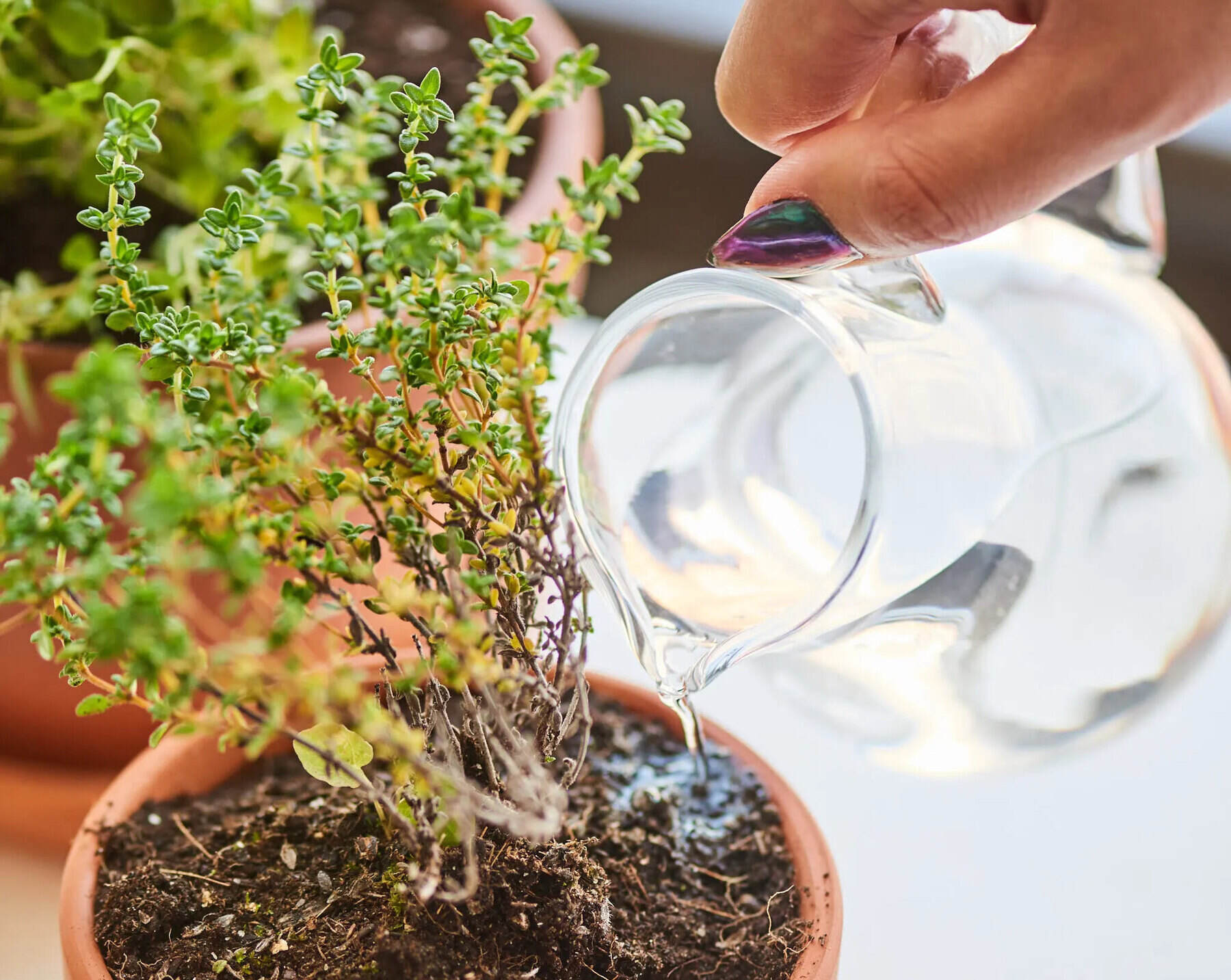
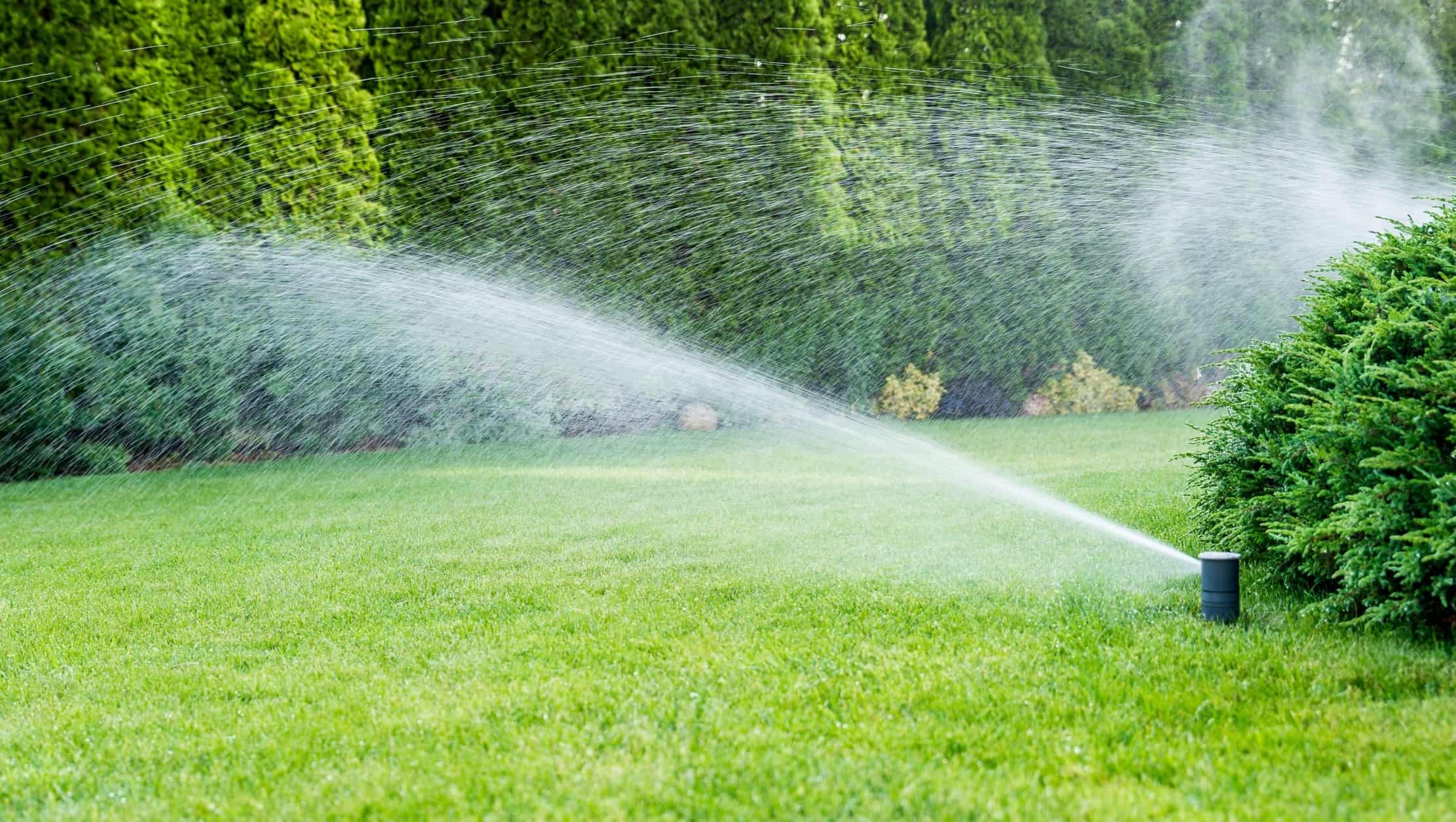

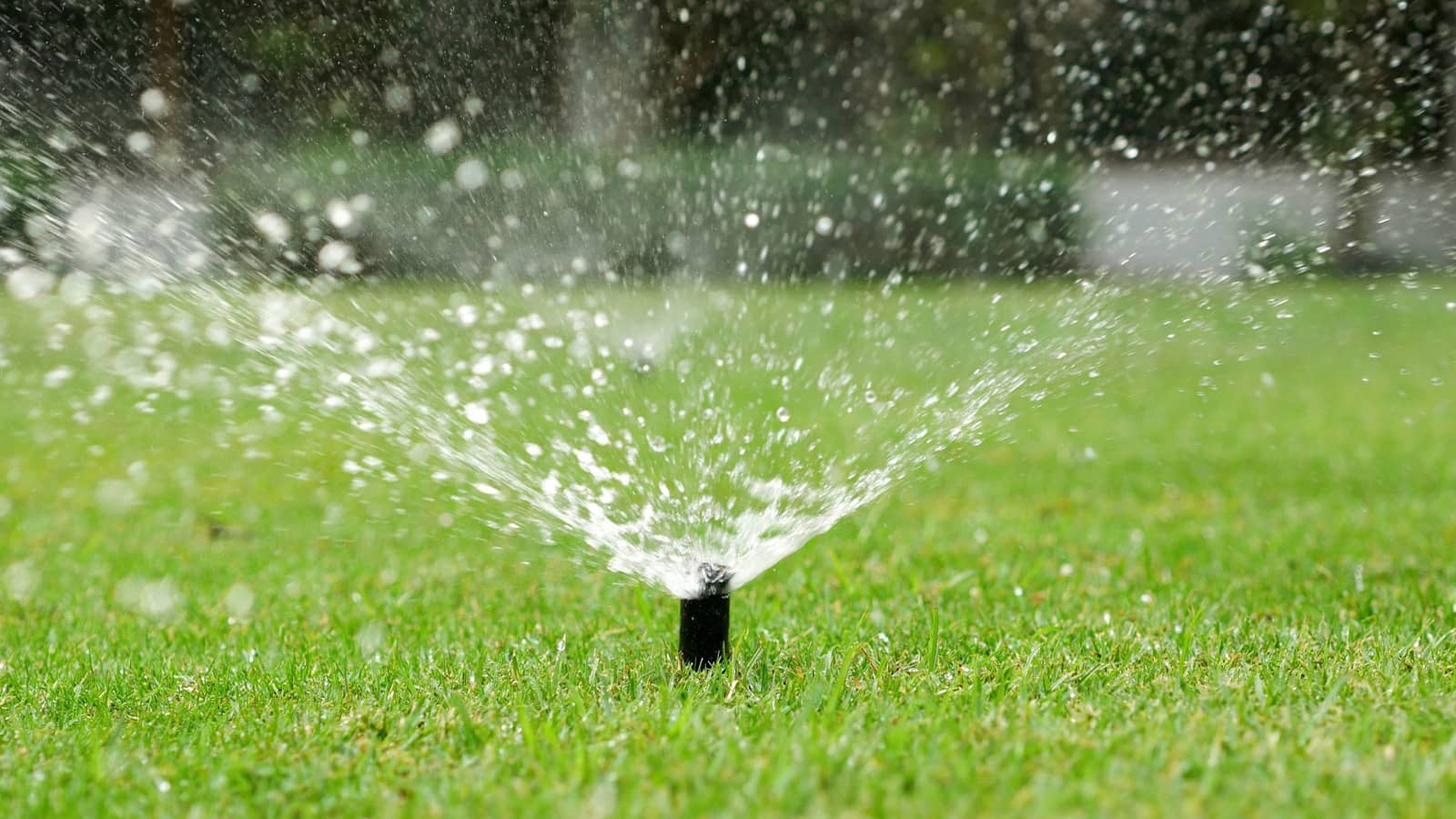
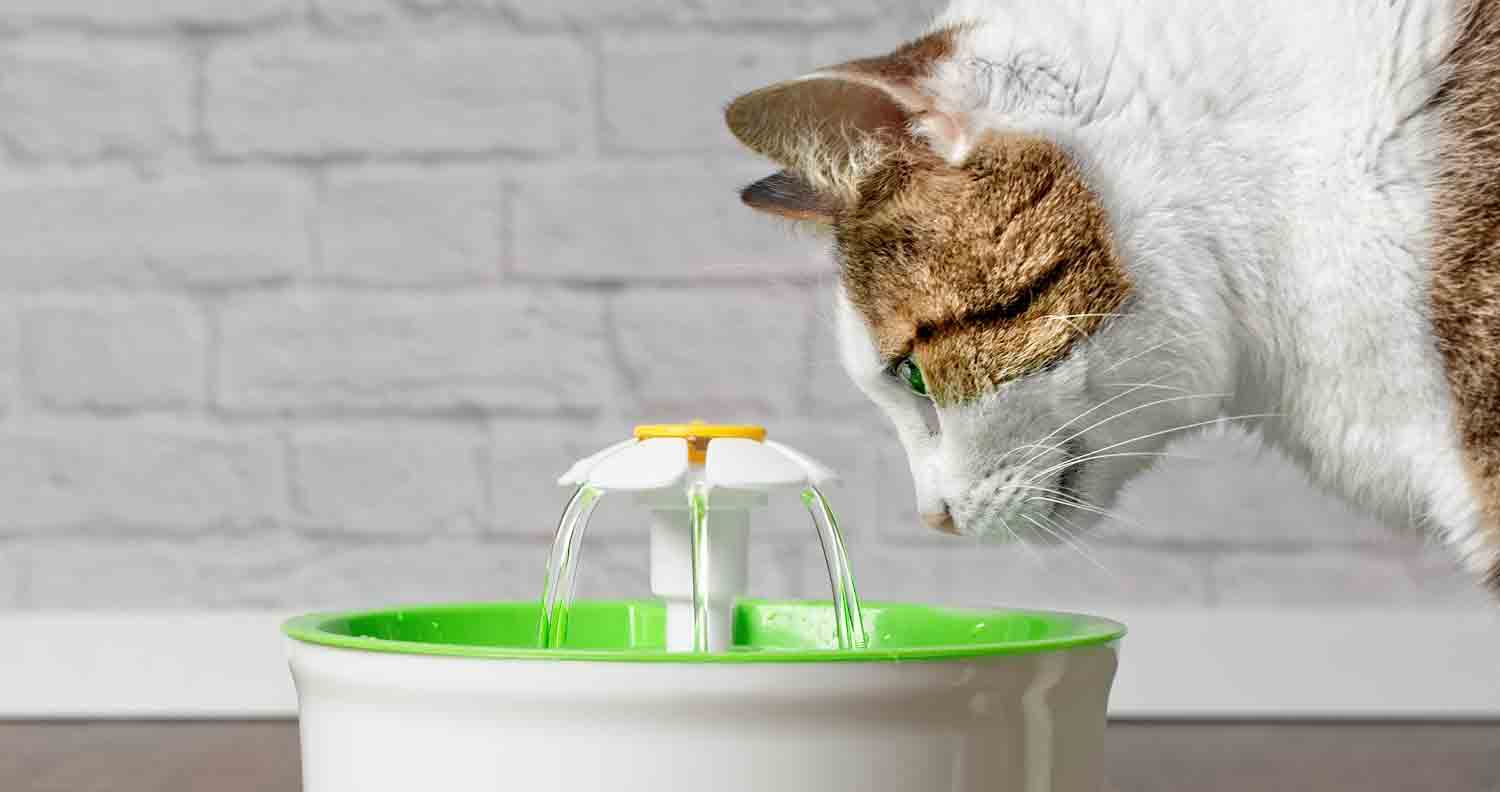
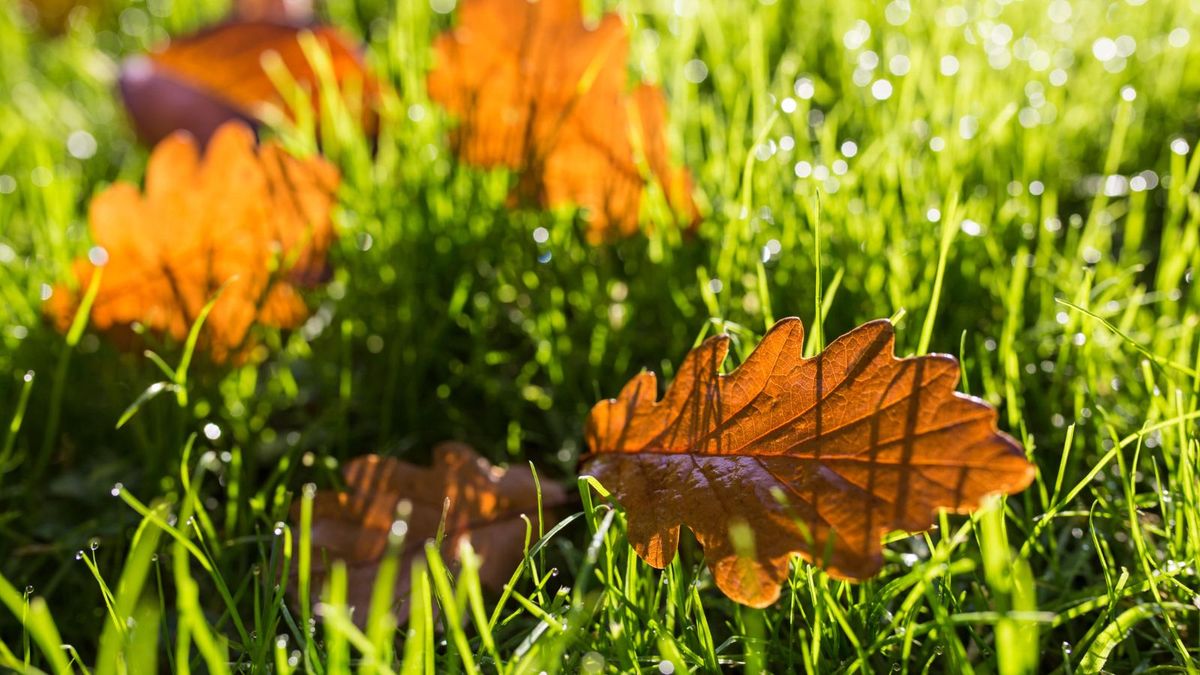

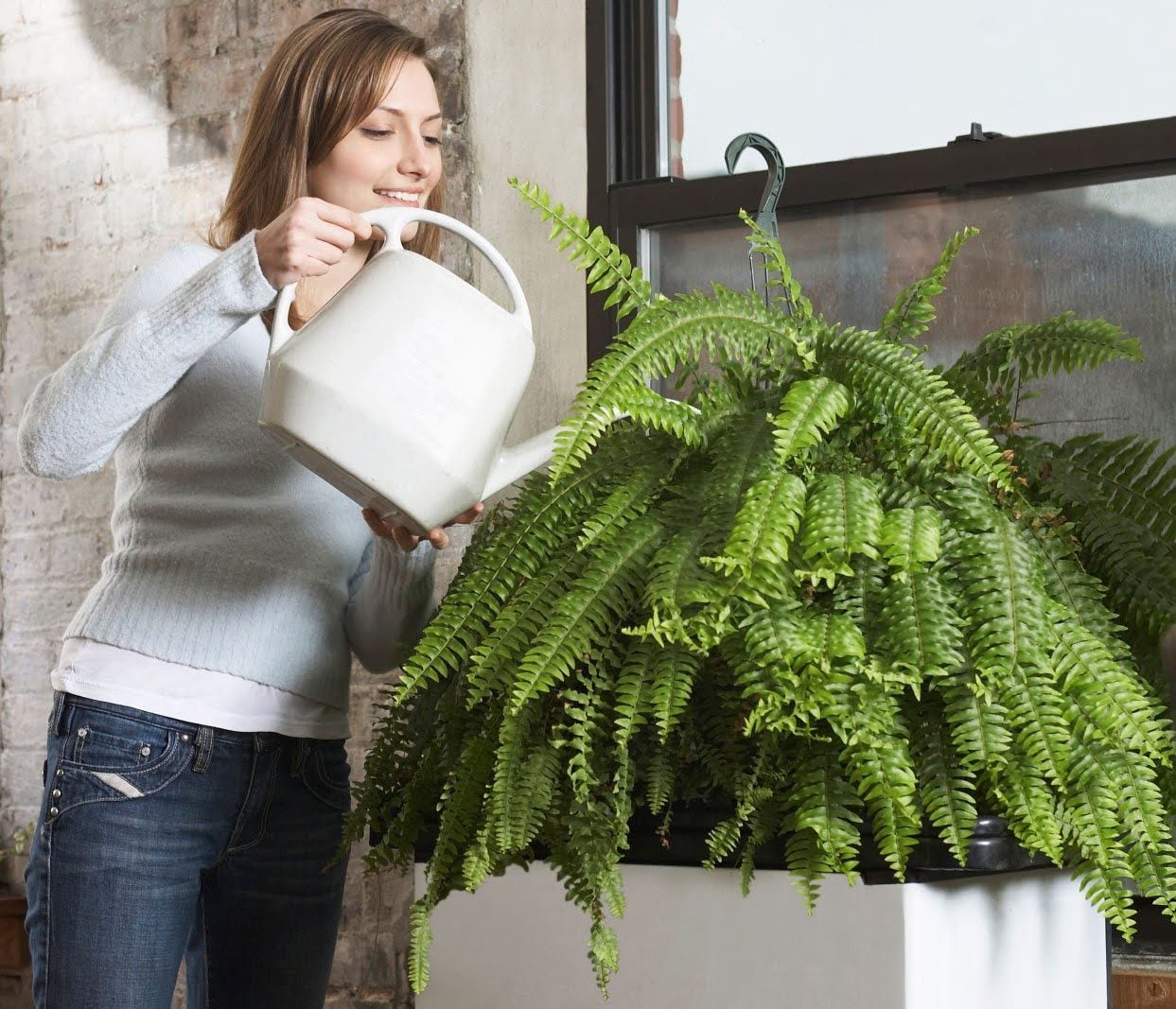
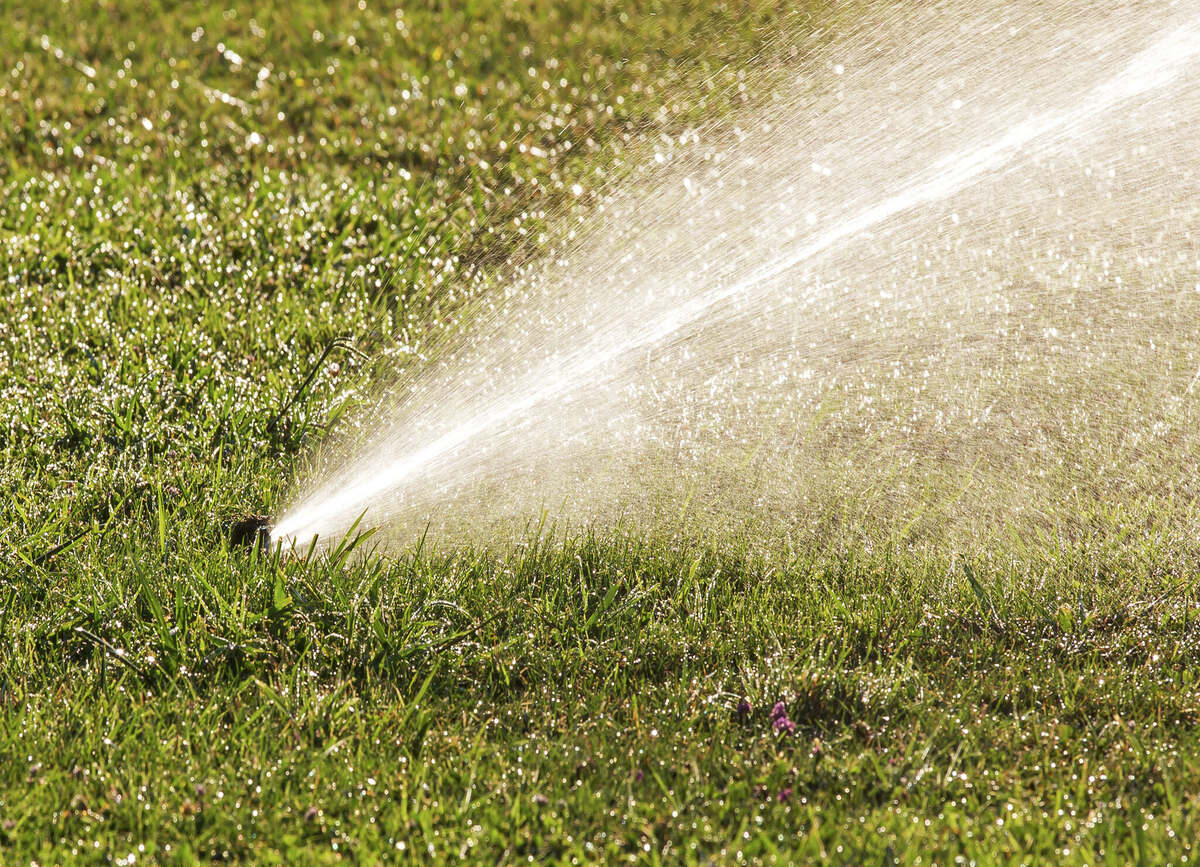
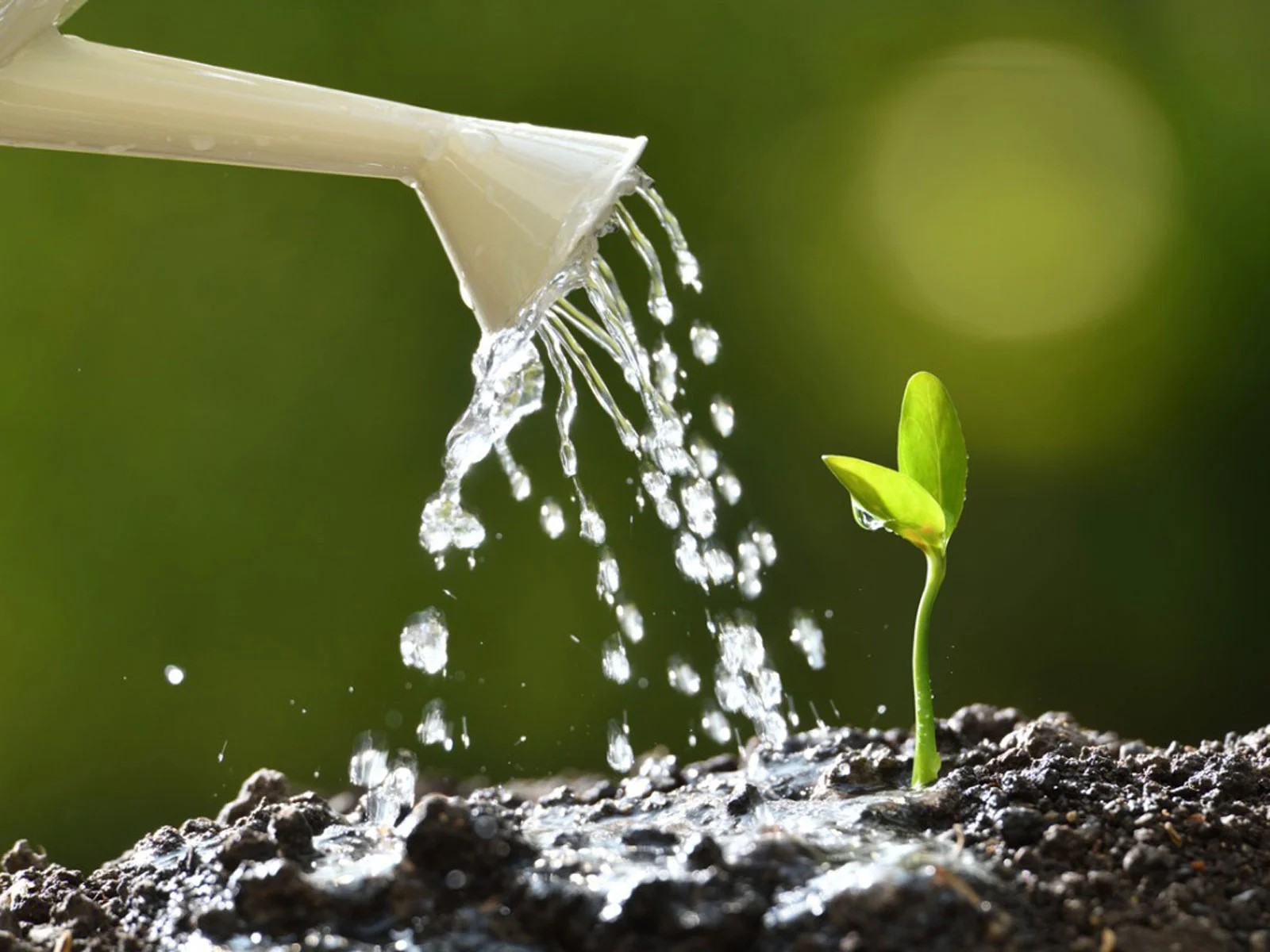
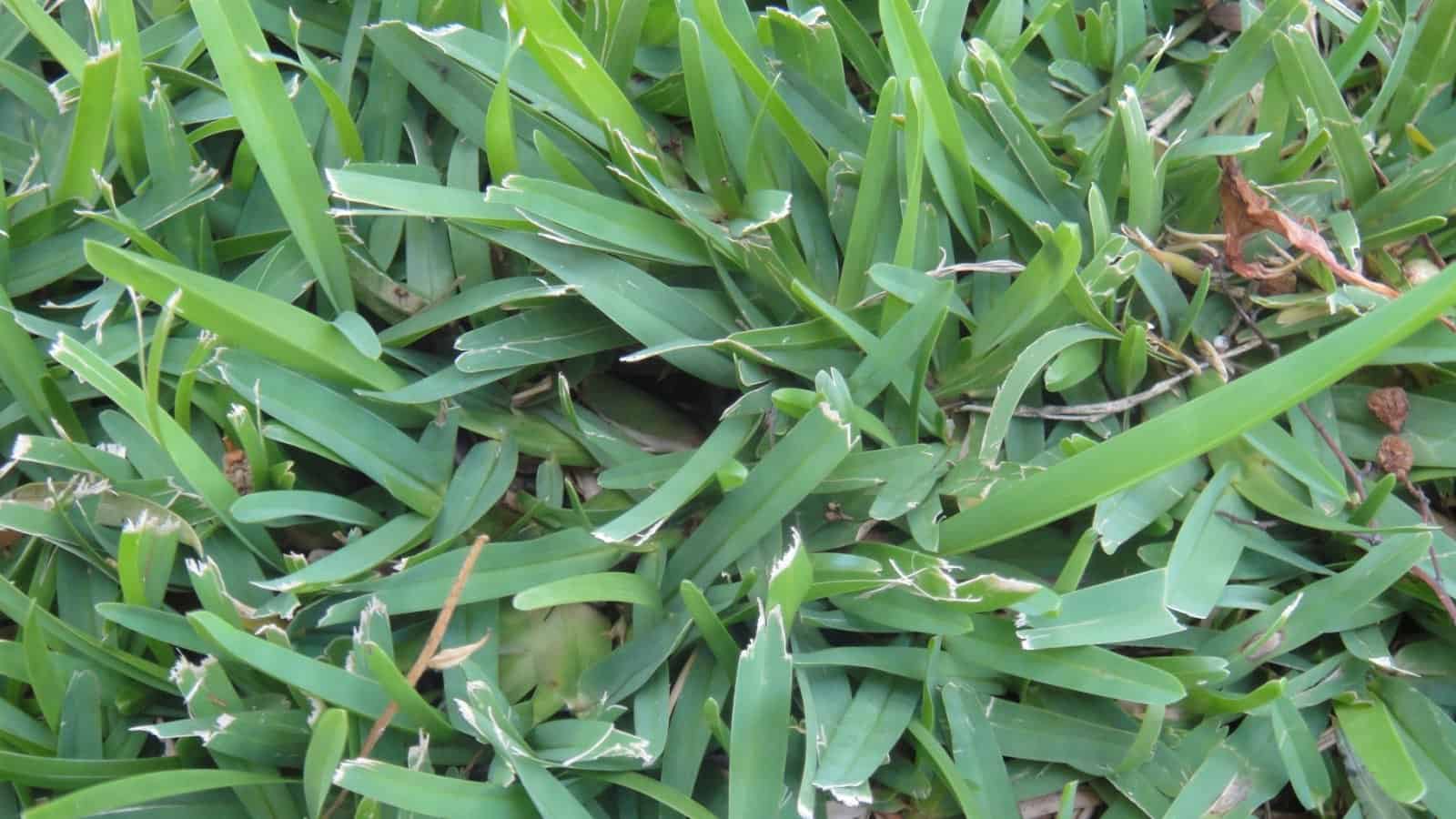

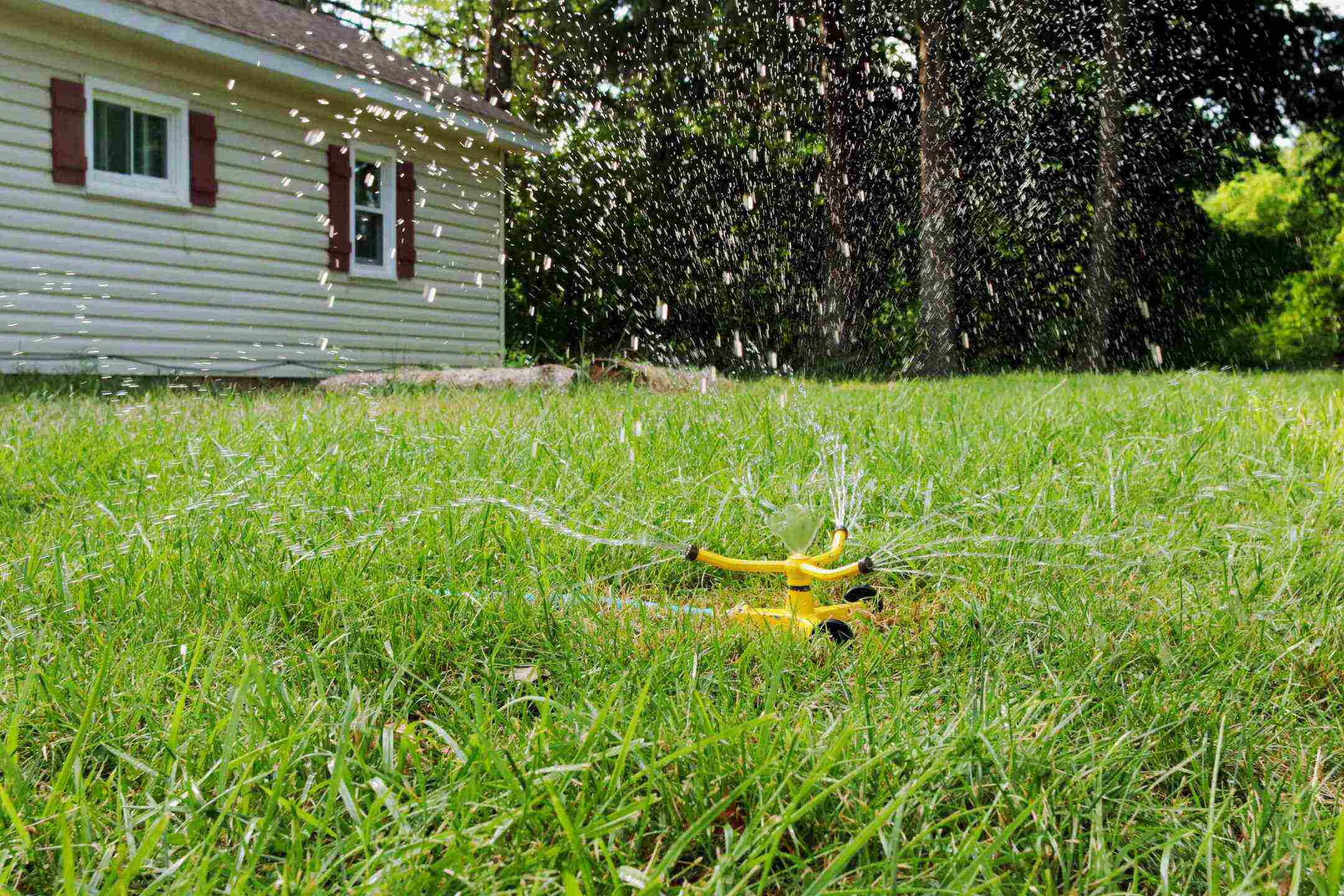
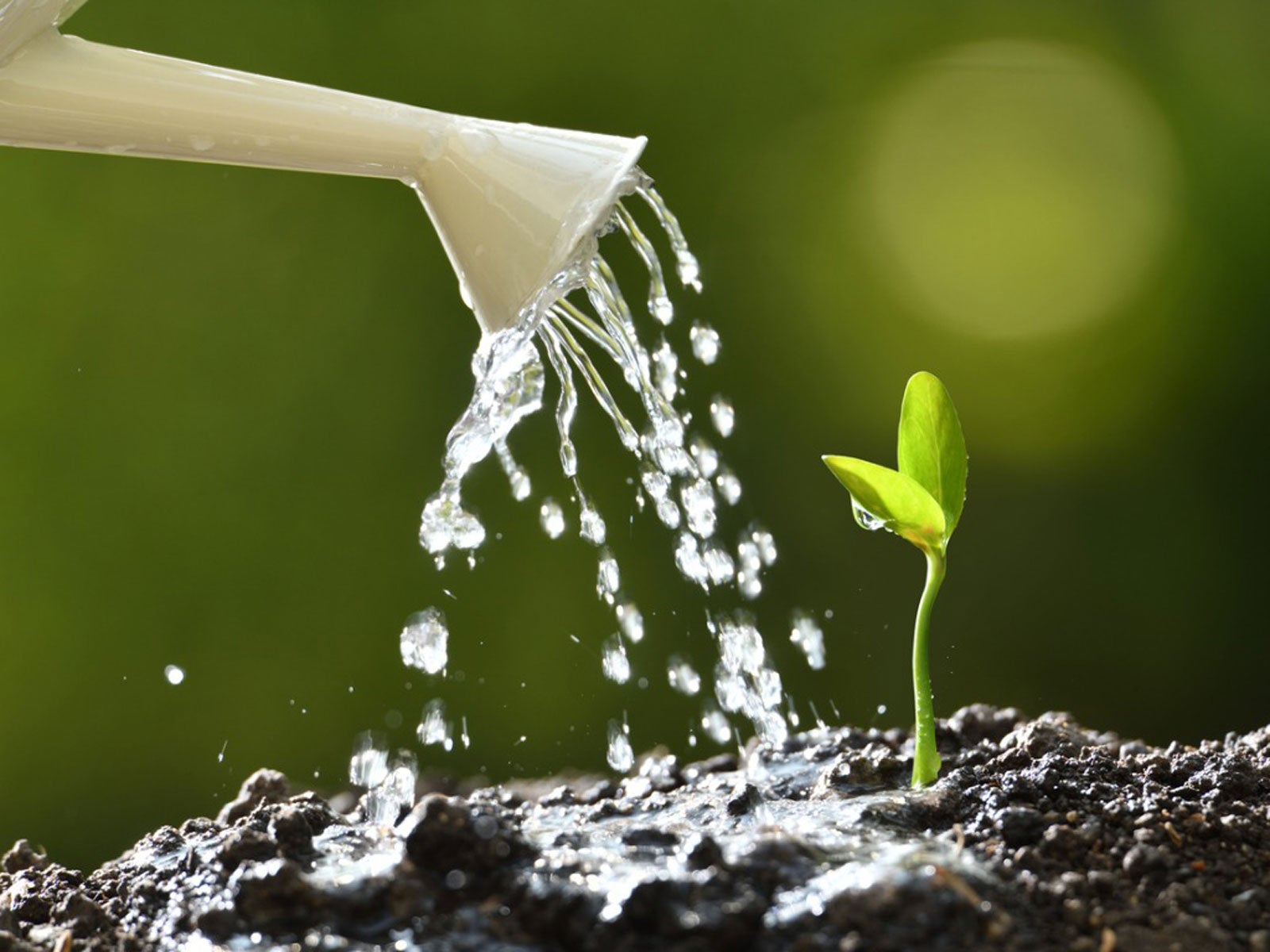

0 thoughts on “How Often To Water Mums Outside”